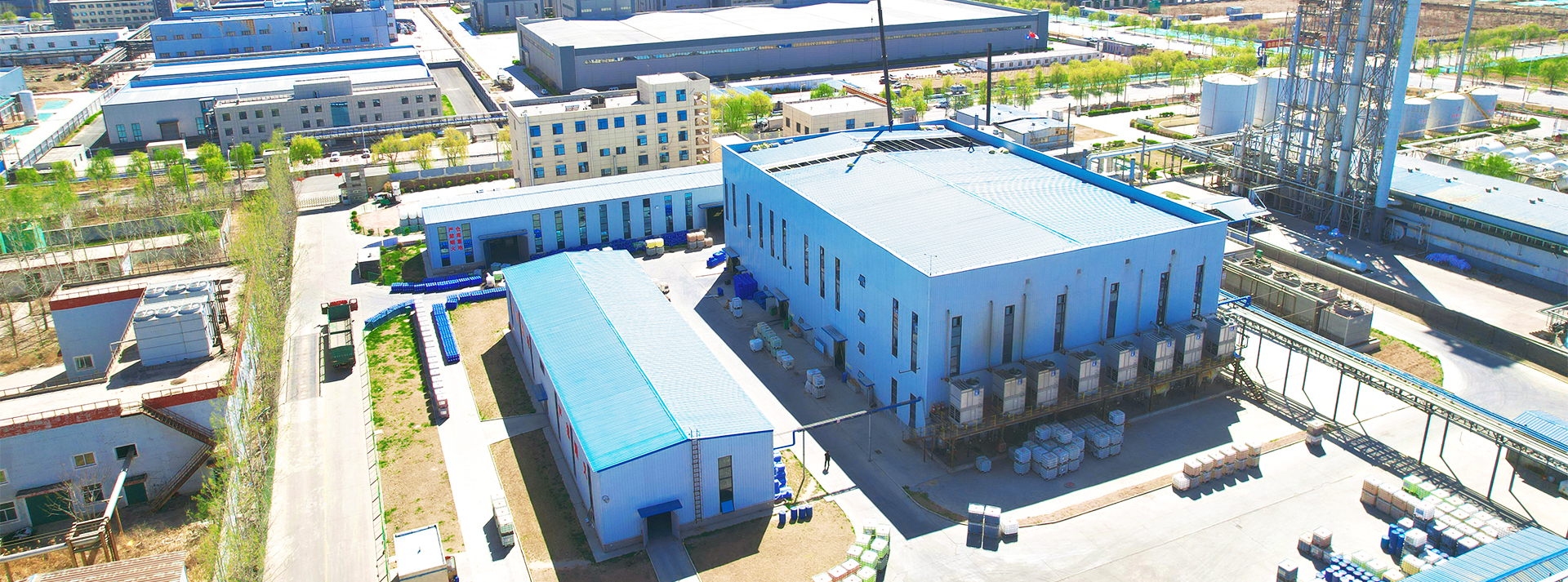Understanding the Applications of Diethylene Triamine Penta Methylene Phosphonic Acid in Various Industries
Diethylene Triamine Penta Methylene Phosphonic Acid A Multifunctional Agent in Modern Chemistry
Diethylene triamine penta methylene phosphonic acid (DTPMPA) is a phosphonic acid derivative that plays a pivotal role in various industrial and environmental applications. This complex organic compound is particularly valued for its ability to act as a chelating agent, scale inhibitor, and corrosion inhibitor. Its versatility makes it an essential player in fields such as water treatment, agriculture, and energy.
Chemical Structure and Properties
DTPMPA is characterized by its complex molecular structure, which comprises a penta-methylene phosphonic acid group attached to a diethylene triamine backbone. This specific arrangement allows DTPMPA to effectively interact with metal ions, thereby forming stable complexes. The presence of multiple phosphonic acid groups enhances its chelating properties, making it effective in binding divalent and trivalent metal ions, including calcium, magnesium, and iron.
The solubility of DTPMPA in water is another critical property that enables its widespread application. Its aqueous solubility allows it to be used in liquid formulations, making it an ideal additive in various industrial processes.
Industrial Applications
1. Water Treatment One of the primary applications of DTPMPA is in water treatment processes. It acts as a powerful scale inhibitor, preventing the formation of scale deposits in water pipes, boilers, and cooling systems. By chelating metal ions such as calcium and magnesium, DTPMPA minimizes hard water issues, leading to better efficiency and longevity of equipment.
diethylene triamine penta methylene phosphonic acid

2. Corrosion Inhibition DTPMPA is also employed as a corrosion inhibitor in metal processing and maintenance applications. It forms protective films on metal surfaces, thereby reducing the rate of corrosion caused by aggressive environments, such as those found in industrial machinery and pipelines. This characteristic is particularly significant in oil and gas extraction, where equipment is exposed to harsh conditions.
3. Agricultural Use In agriculture, DTPMPA serves as a valuable tool for improving nutrient availability in the soil. It enhances the solubility of essential nutrients, particularly phosphorus, facilitating better uptake by plants. Additionally, its ability to sequester harmful metal ions can contribute to healthier soil conditions, promoting sustainable farming practices.
4. Food Industry DTPMPA finds applications in the food and beverage industry as well. It can be used to stabilize food products by preventing metal-catalyzed oxidation, thereby preserving flavor and freshness. Its application in food preservation has raised interest due to the increasing emphasis on food safety and quality.
Environmental Considerations
Despite its numerous benefits, the use of DTPMPA raises some environmental concerns. Phosphonic acids, if released into water bodies in significant quantities, can potentially contribute to eutrophication—a process that leads to the excessive growth of aquatic plants and algae, disrupting local ecosystems. Therefore, careful handling and regulatory compliance are essential when utilizing DTPMPA in various applications.
Conclusion
Diethylene triamine penta methylene phosphonic acid represents a significant advancement in modern chemistry with its multifunctional capabilities. Its effectiveness as a chelating agent, combined with its properties as a scale and corrosion inhibitor, makes it indispensable across many industries. As research continues to explore its applications and mitigate environmental impacts, DTPMPA is likely to remain a crucial compound in efforts toward efficiency, sustainability, and innovation in both industrial and agricultural domains.
-
Water Treatment with Flocculant Water TreatmentNewsJun.12,2025
-
Polymaleic AnhydrideNewsJun.12,2025
-
Polyaspartic AcidNewsJun.12,2025
-
Enhance Industrial Processes with IsothiazolinonesNewsJun.12,2025
-
Enhance Industrial Processes with PBTCA SolutionsNewsJun.12,2025
-
Dodecyldimethylbenzylammonium Chloride SolutionsNewsJun.12,2025





